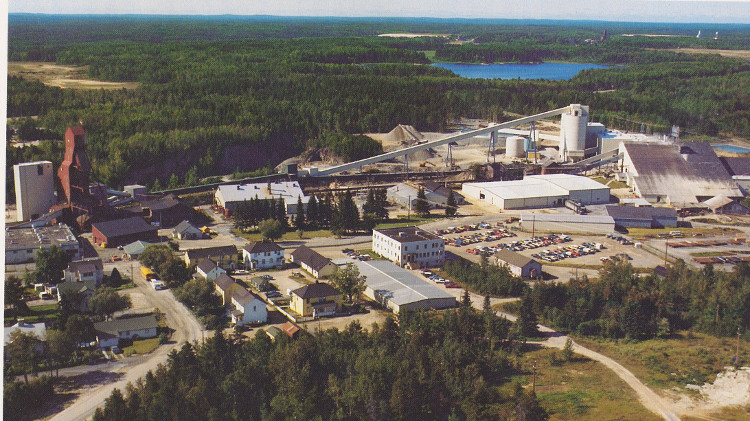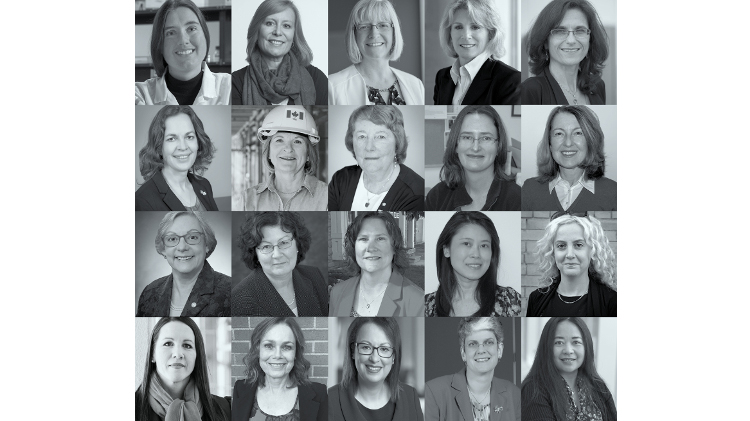Digging deeper into the current run of headlines about ambitious efforts to expedite major projects in Canada took me back 45 years to a key time in this country’s history relevant to this moment: the Constitution Express.
Indigenous leaders in British Columbia, deeply concerned that the rights of their people would be overlooked by the patriation of Canada’s Constitution in the early 1980s, chartered two trains that took them and supporters who joined them along the way to Ottawa to defend their interests. When the Pierre Trudeau-led government did not adequately address their concerns, the leaders carried on to the United Nations in New York and later several stops in Europe, ending in London, where the Canadian Constitution was still under British law.
The result was the addition of a section to the Constitution that recognized existing Indigenous and treaty rights, something that had not been in the draft that set the Constitution Express rolling east.
Decades later, though these rights are protected, we are still struggling to build projects with them as part of the constitutional framework.
Governments are passing legislation in the name of accelerating projects—many of them to develop natural resources—in the national interest, while, as Kelsey Rolfe details, Canada’s Indigenous leaders are objecting that these laws could do an end run around the duty to consult and trample the principle of consent.
If federal and provincial governments cannot calm those concerns, then these new laws and the potential resistance to them could just as easily take us back in time rather than set the foundation for a bold new future.
How far back? Seventeen years, perhaps.
The Prosperity copper-gold project in central British Columbia, first proposed in 2008, faced consistent opposition from the local First Nation despite its approval by the provincial government. Ashley Fish-Robertson has compiled a helpful timeline of key events in this long-standing dispute. In June, an agreement was finally reached that offers a path forward for the stalled project. A central element of the deal is the requirement that the Tŝilhqot’in Nation must give its consent before any development can proceed.
The other key development in the agreement is the equity stake in the mineral tenure that the province has agreed to purchase from its current holder Taseko Mines and transfer to the Tŝilhqot’in Nation.
There are a growing number of case studies and examples of economic reconciliation. Indigenous equity in natural resource projects continues to gain momentum. Similarly, joint venture partnerships with Indigenous businesses in the development of these projects, such as those at the Raglan mine that Cedric Gallant highlights, also serve as models for the future.
And yet, we seem to be headed in a different direction where, unless some very focused and good faith efforts at both the provincial and federal levels are committed to Indigenous consultation and participation, those projects fast-tracked in the national interest are almost certain to run head on into the Constitution Express.




